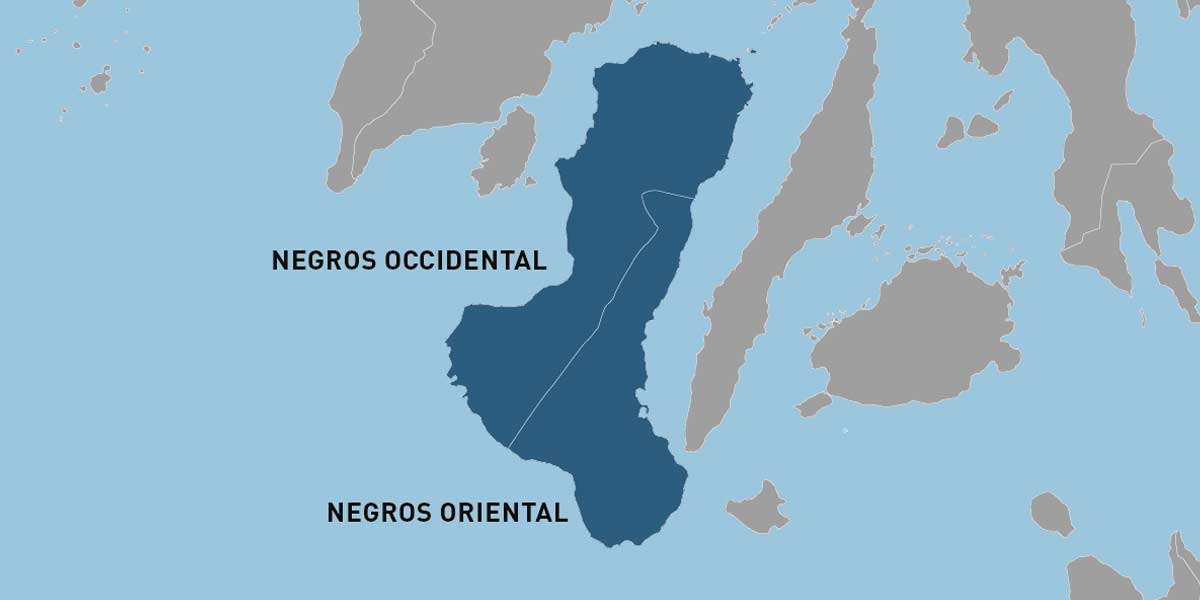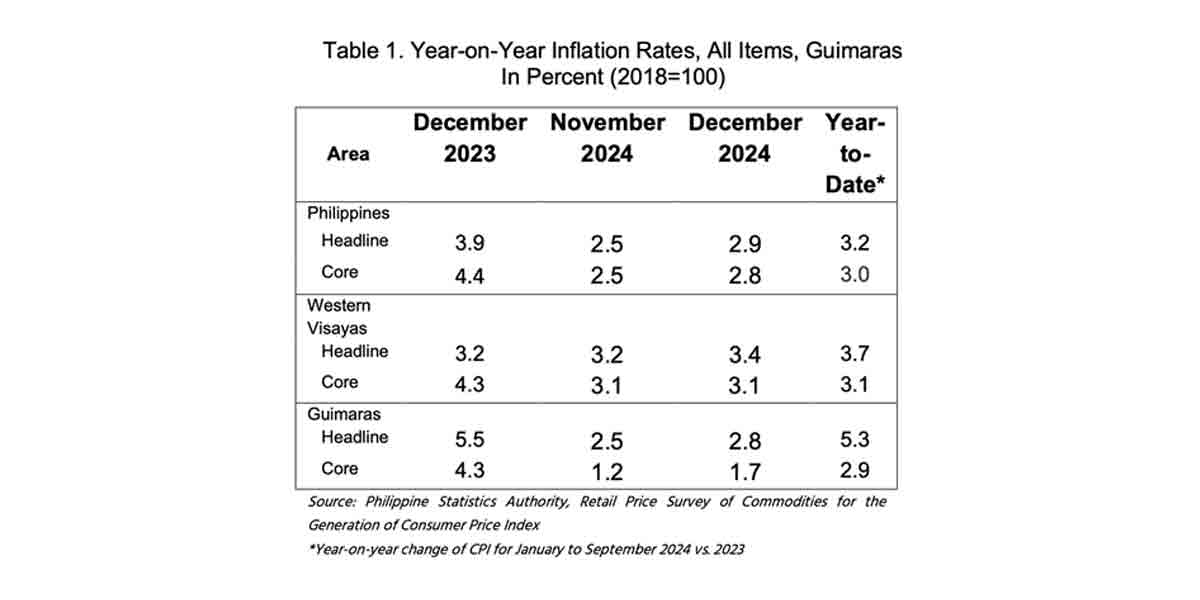 By Herbert Vego
By Herbert Vego
YESTERDAY, August 25, Iloilo City uniquely celebrated its 83rd anniversary as “charter city”. As I was writing this yesterday, masked men and women were trekking to City Hall to witness the “Pasidungog” — an award ceremony to honor Ilonggo frontliners who risk their lives in the fight against the coronavirus disease (COVID-19).
Mayor Jerry P. Treñas had made sure that no matter how subdued the celebration amid the scary pandemic, the 83rd Charter Day logo would complement its theme — “Ilonggos at the Forefront of the New Normal”.
This year’s Charter Day logo shows the rising sun beneath the seal of the city of Iloilo, flanked by blue and red ribbons — each dotted with three stars — to symbolize the Ilonggos’ united front in beating the pandemic.
“Charter Day” brings us back to August 25, 1937 when the then President Manuel Luis Quezon signed Commonwealth Act 158 declaring Iloilo a charter city. The law likewise abolished the towns of Molo, Arevalo, Jaro, Mandurriao and Lapaz to merge them with the old city.
Quezon wanted to “overhaul” the image of the old city (what is today known as “City Proper”) which had, since 1897, been called “La Muy Leal y Noble Ciudad de Iloilo” (The Most Loyal and Noble City of Iloilo) in honor of Maria Christina, the Queen Regent of Spain
Iloilo City has evolved out of a Spanish colonial past, dating back to the early 1800s when it was a small and incoherent grouping of fishermen’s hamlets lining the Iloilo River.
The opening of Iloilo City’s Muelle Loney port in 1855 triggered the boom of the sugar export industry with the active participation of Nicholas Loney, the British vice-consul in Iloilo who constructed warehouses in the port and introduced new technologies in sugar cane farming.
Iloilo was already enjoying a flourishing economy when the Spaniards colonized the Philippines in the 16th century. There were ports catering to visiting Chinese merchants in Ogtong (now Oton), Tabucan (Molo) and Salog (Jaro).
The surviving porcelain jars, plates, cups and saucers brought by those Chinese merchants are among the exhibits still viewable at Museo Iloilo today.
Our identity as part of the Malay race is traceable to the lore that in the 13th century, ten Bornean datus came to the island of Panay and made a deal with the ruling chieftain Marikudo for a gold salakot, a gold batya and a gold necklace in exchange for the lowlands of the island. One of the datus, Paiburong, took over the territory of Irong-Irong – original name of the entire Iloilo province.
During the Spanish conquest of the Philippines in the 16th century, Spanish conquistador Miguel Lopez de Legazpi came to Iloilo to establish a settlement in Ogtong.
The late 18th century saw the development of the weaving industry, kicking off Iloilo’s surge in trading sinamay, piña and jusi, which were shipped to Manila and foreign cities.
Because of the economic boom, Moro pirates, Dutch and English invaders made raids which prompted Spanish authorities to set up defense fortresses. One of them was Fort San Pedro at the mouth of Iloilo River, ruins of which still exist.
It was because of Fort San Pedro – with 50 guns and three mortars blazing – that the Spanish government in Iloilo initially repelled the invading Americans in 1899. Eventually, however, the American marines proved too much for the Spanish soldiers.
The short visit of Dr. Jose Rizal to Iloilo in 1894 inspired patriotic Ilonggos to fight for Philippine independence.
On December 25, Christmas day of that year, the Spanish government surrendered to the Ilonggo revolutionaries at Plaza Alfonso XII (now Plaza Libertad).
It was one of the events that led to the declaration of Philippine independence from Spain on June 12, 1898.
-oOo-
In line with the “Charter Day 83,” Iloilo City’s newest business giant, MORE Electric and Power Corp. (MORE Power), launched the Partners in Power Foundation.
MORE Power’s President Roel Z. Castro summarized the foundation’s intention — to help Iloilo City and its people rise above the most challenging crisis of our lifetime.
In support of the Iloilo City Government’s beautification program and in line with its three-year development plan, MORE Power has been conducting line works in Plaza Libertad to replace the dilapidated wooden poles with concrete ones.
In recognition of that commitment, some of the 65,000 power consumers have been very cooperative in helping the company rid of pilferers whose illegal connections have resulted in low voltage, trip-offs and brownouts.
MORE Power has already dismantled some 5,000 illegal connections.
-oOo-
Our kasimanwa and friend Jose D. Escartin believes that, in line with the no-reelection-for-President provision of the Constitution, President Rodrigo Duterte would not devise ways and means to perpetuate himself in power.
Indeed, yesterday he briefly denounced the group – “I don’t know them” – who wants him to declare a “revolutionary government” that would give him absolute power.
Joe said that such a “unity” coalition launching the candidacy of Senators Tito Sotto and Franklin Drilon for president and vice-president respectively, could arise.
Frankly, I consider that an unlikely tandem, since Drilon is an ally of Vice President Leni Robredo, who is just a breath away from the presidency. But, who knows? Joe, basi may nahibal-an ka nga wala nahibal-an sang iban? Paki-eksplika.





















